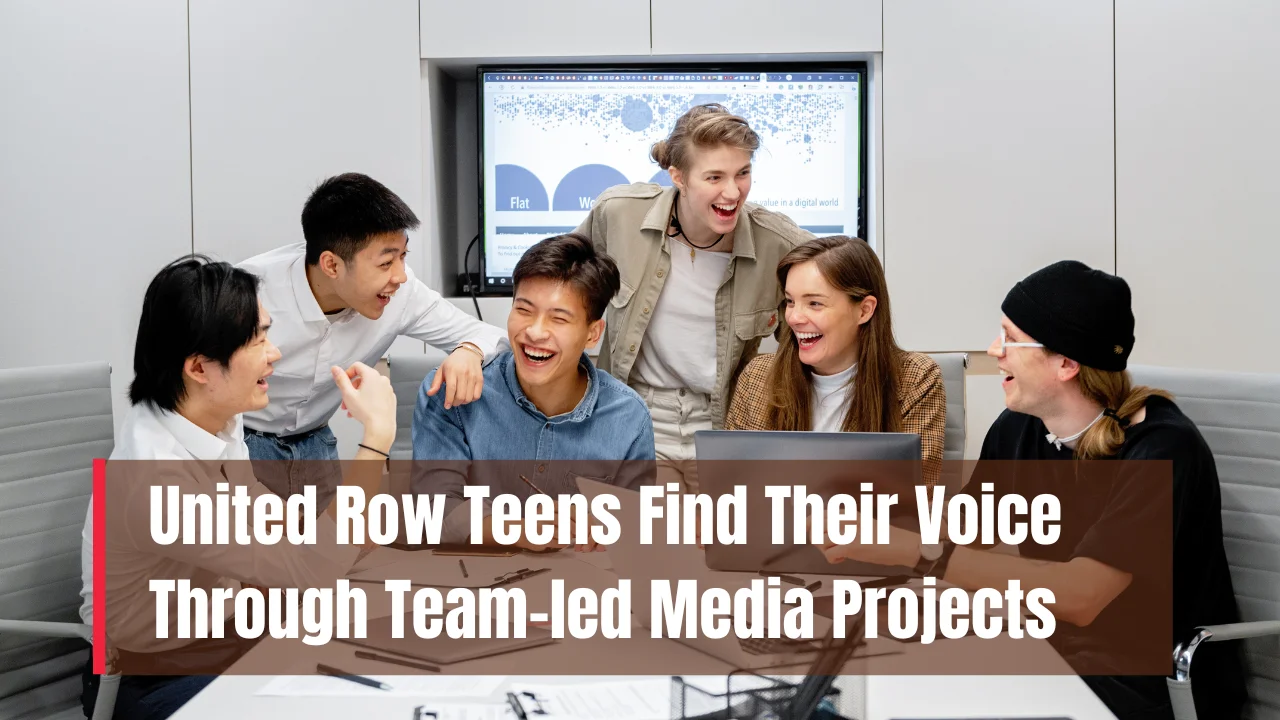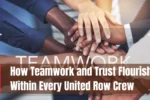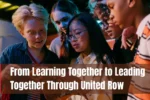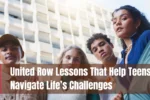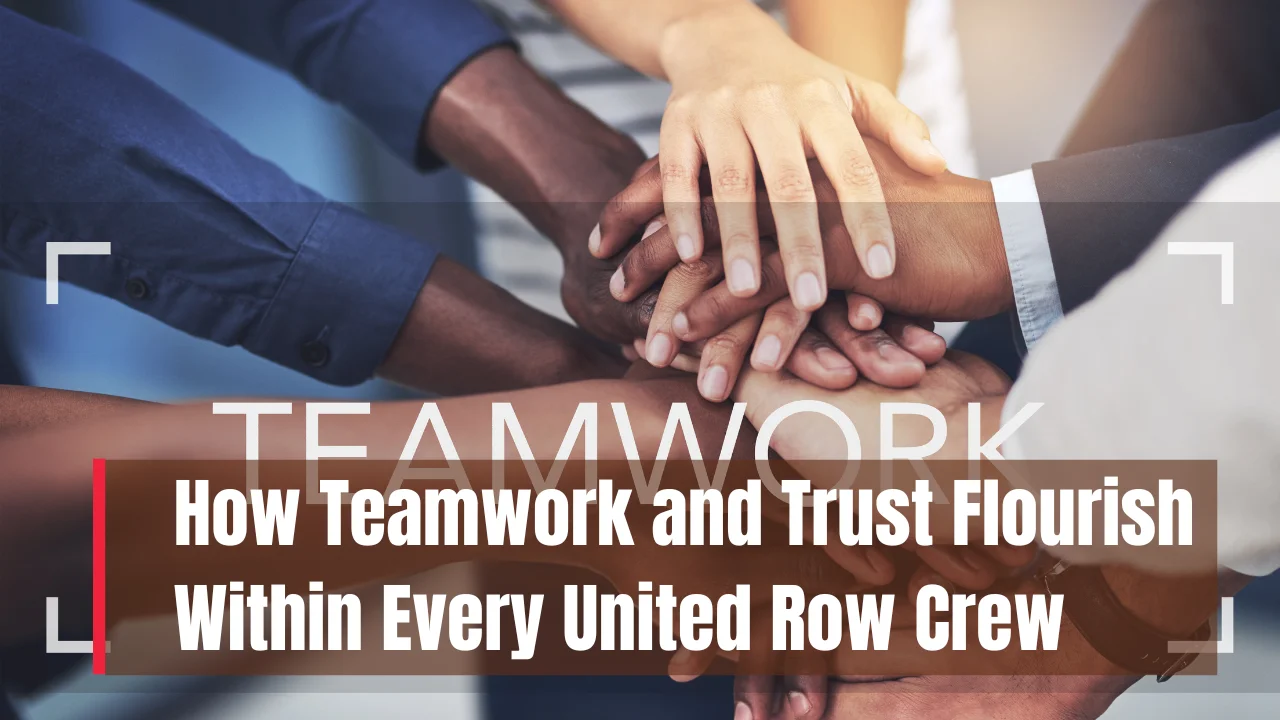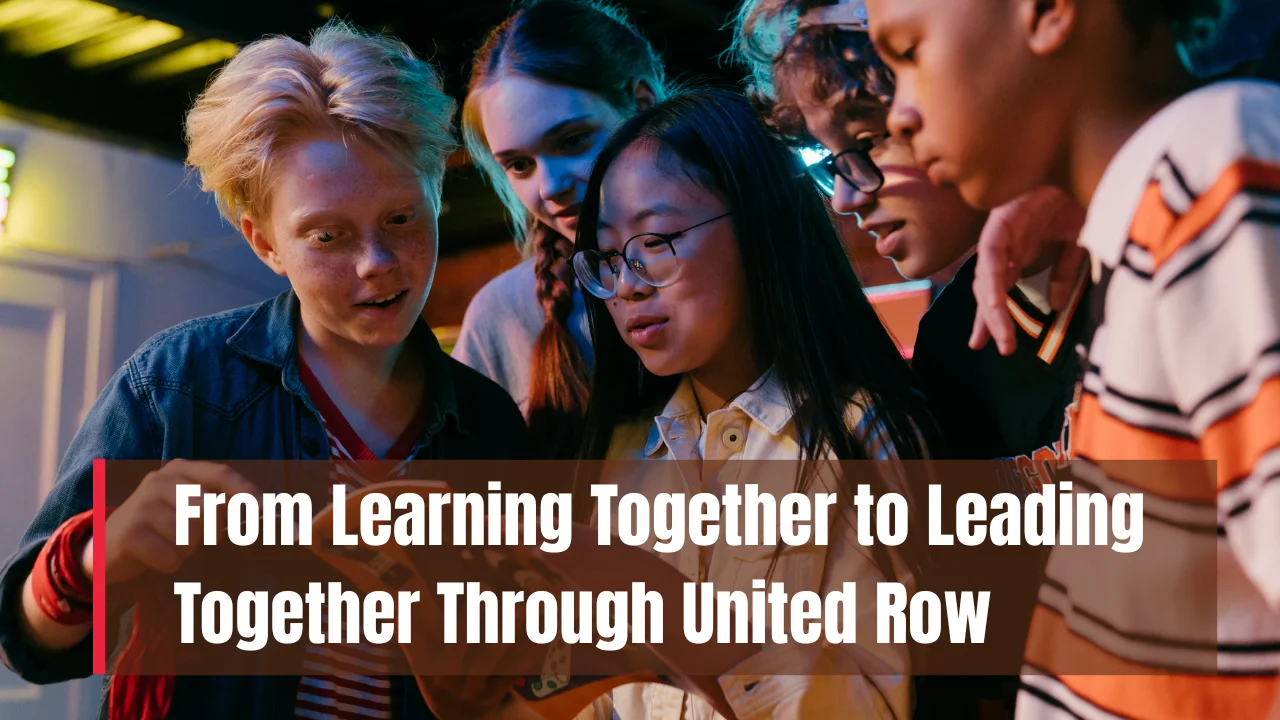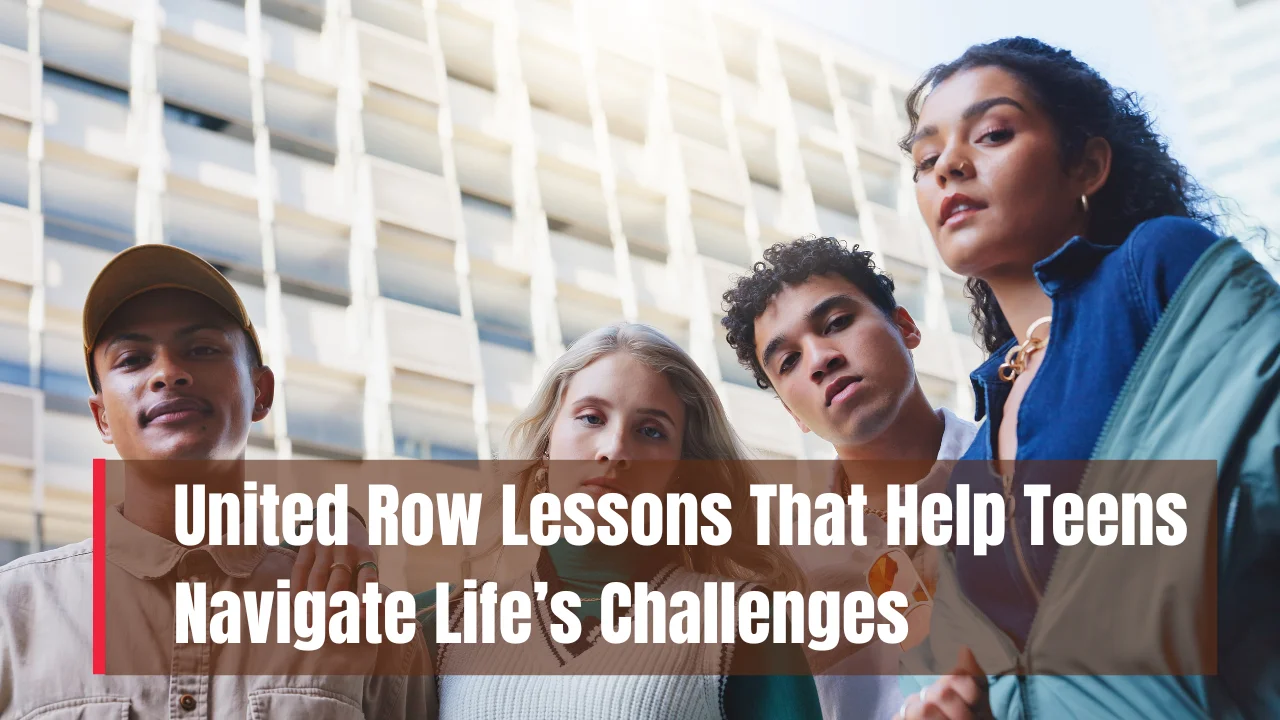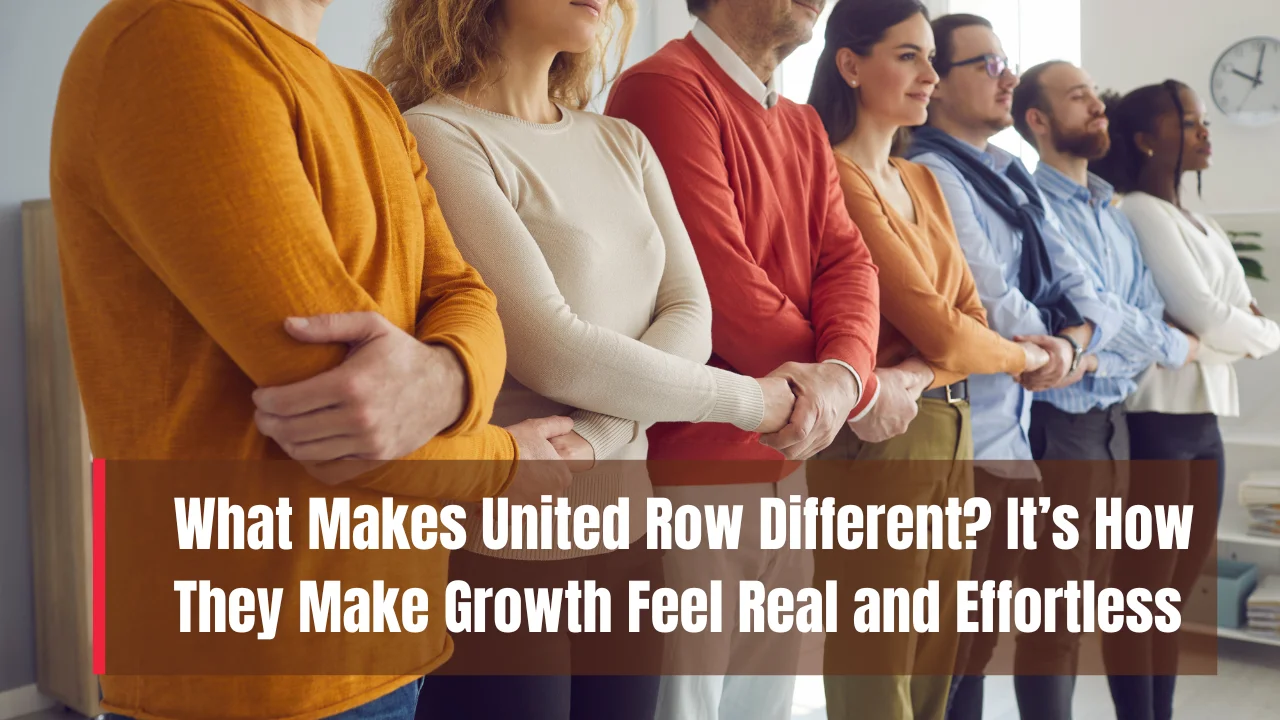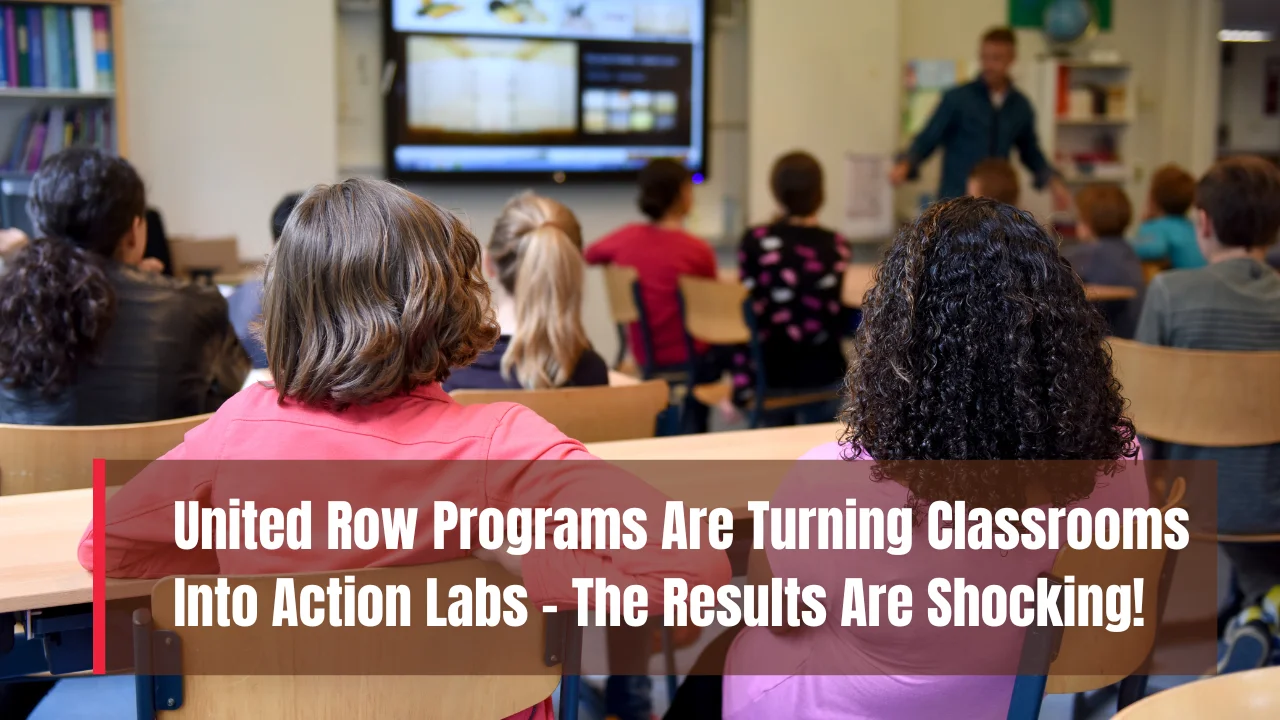United Row Teens: United Row Teens are rewriting the narrative of youth expression, proving that age doesn’t limit impact. As society navigates a noisy digital landscape, these teenagers are breaking through with a refreshing kind of authenticity. They aren’t waiting for permission to speak; they’re creating their own spaces to be heard. Through bold, team-driven projects, they’re becoming storytellers, leaders, and changemakers.
This article dives deep into how United Row Teens are using media platforms to shape their identities, build connections, and drive awareness on issues that matter. You’ll discover what these projects look like, how they empower participants, and why this movement is resonating far beyond school walls. It’s about more than just creativity—it’s about claiming space, building purpose, and learning how to lead.
How United Row Teens Are Turning Media Projects into a Movement
At the heart of this rising movement is the unique approach of United Row Teens, who lead with purpose, teamwork, and imagination. Unlike traditional media assignments, their projects are student-led from start to finish. Teens take on everything from brainstorming topics to scripting, editing, and distributing the final content. This full ownership boosts media literacy while helping them understand the power of their voices. Through video production, digital storytelling, and podcasting, they are not only learning technical skills but also learning how to influence hearts and minds.
Overview Table: A Glance at the Movement
| Aspect | Details |
| Focus | Empowering teens through student-led media creation |
| Key Skills Gained | Communication, teamwork, critical thinking, digital tools |
| Popular Formats | Podcasts, short films, social media campaigns, digital zines |
| Core Values | Expression, inclusivity, leadership, impact |
| Age Group | Primarily 13–18 years old |
| Common Topics Covered | Mental health, climate justice, identity, local culture |
| Community Involvement | Local schools, youth centers, non-profits |
| Long-Term Benefits | Increased confidence, college readiness, community awareness |
How Media Projects Empower United Row Teens
Empowerment is at the core of every media project led by United Row Teens. These projects are not about passive learning—they’re about active participation. Teenagers become editors of their experiences, curators of their values, and narrators of their communities. The shift in power—handing creative control to students—fuels a deeper investment in the outcome.
Media projects also promote youth media literacy, giving teens the tools to understand and critique the digital world around them. Instead of consuming content mindlessly, they become conscious creators, shaping stories with intention. This transformation nurtures a strong sense of agency and responsibility.
Collaboration Builds Leadership and Teamwork
Working in teams exposes students to a new kind of learning—peer-driven and cooperative. Within these media groups, teens assume diverse roles: content creators, directors, sound editors, social media managers, or interviewers. Each member’s contribution matters, and the success of the project depends on collaboration.
This team dynamic encourages emotional intelligence, delegation, time management, and respect for differing viewpoints. In essence, United Row Teens are developing essential life skills by doing what they love. These aren’t just fun extracurricular activities—they are real-world learning laboratories.
Popular Types of Team-led Media Projects
Across United Row, various formats have gained traction among teens eager to experiment with storytelling. Here are some of the most impactful and popular types of team-led media projects:
- Podcasts: Students dive into hosting and editing episodes that explore topics like identity, school life, or community events.
- Short Films & Documentaries: Groups collaborate on writing scripts, shooting footage, and editing to create compelling narratives about their environment or passions.
- Digital Magazines: These publications feature student art, articles, poetry, and interviews, showcasing a range of teen perspectives.
- Social Media Campaigns: Focused on causes like anti-bullying or climate action, these campaigns reach thousands and build awareness.
Each of these formats offers unique creative freedom while promoting teamwork and purpose-driven expression.
Real-Life Impact in United Row Communities
The ripple effects of these projects are visible across neighborhoods and schools. Teen-created films have premiered at community centers, podcast episodes have featured local leaders, and digital magazines are now being used in classrooms as learning tools.
United Row Teens are not only making content—they’re fostering connection. Their work brings attention to overlooked stories and invites intergenerational dialogue. Many have even partnered with local organizations for broader initiatives, from youth mental health awareness to neighborhood clean-up campaigns. These partnerships deepen the impact, showing that teen-led media can be a catalyst for real social change.
Key Benefits of Media Projects for Teens
- Boosts Confidence: Teens learn to express themselves clearly and develop a sense of pride in their ideas.
- Improves Communication: Media work encourages clear writing, speaking, and listening skills.
- Promotes Digital Savvy: Students gain experience with editing software, recording equipment, and online publishing platforms.
- Encourages Social Awareness: Creating content about real issues promotes empathy and civic responsibility.
- Enhances Career Skills: From project management to teamwork, students gain transferable skills for the future.
How Schools and Communities Support These Initiatives
The growth of teen-led media in United Row is no accident. Educators and local leaders play a major role in creating safe environments where students can explore their voice. Schools are offering elective classes focused on digital storytelling, and community centers are providing access to equipment and mentorship.
Supportive adults act as facilitators rather than directors. Their job is not to lead the project, but to remove barriers and provide guidance. This model ensures the spotlight stays on the teens while maintaining a solid foundation for success.
Challenges and How Teens Overcome Them
Creating high-quality media content isn’t always easy. Some United Row Teens face challenges like lack of access to technology, limited funding, or doubts about their own abilities. But what sets them apart is their resourcefulness.
Many projects start with just a smartphone and a free editing app. Peer-to-peer learning is also common, with teens teaching each other new skills. When they encounter obstacles, they troubleshoot as a team—transforming challenges into growth opportunities. This resilience is one of the most powerful outcomes of the process.
Final Thought
What’s happening with United Row Teens is more than a collection of student projects—it’s a cultural shift. By putting media tools directly in the hands of youth, we’re witnessing a generation that’s not just consuming stories, but crafting them. They’re using creativity not for entertainment, but for engagement, expression, and impact.
These young creators are building confidence, shaping identities, and driving dialogue in ways that adults often underestimate. The lesson is clear: when given the platform, teens will rise to the occasion—and lead with power, passion, and purpose.
If you’re a student, educator, or community leader, take this as an invitation to explore team-led media. Share this article, start a conversation, or better yet—start your own media project. The world needs your story.
